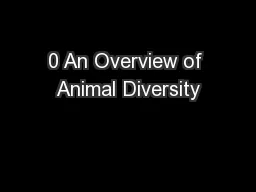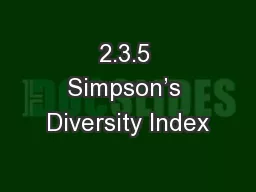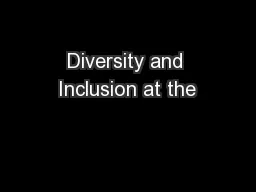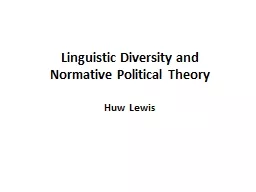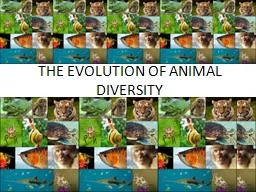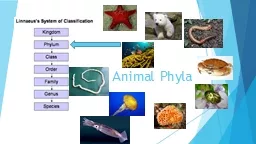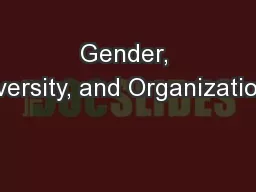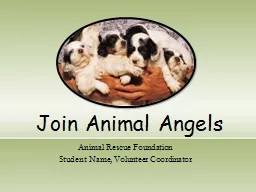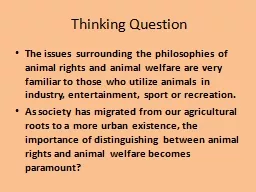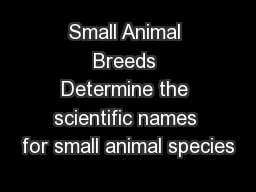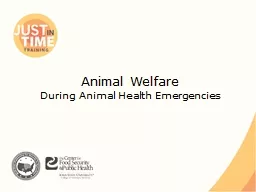PPT-0 An Overview of Animal Diversity
Author : min-jolicoeur | Published Date : 2017-12-16
What should animals with radial symmetry be better able to do than those with bilateral symmetry move quickly in one direction detect threats from above or below
Presentation Embed Code
Download Presentation
Download Presentation The PPT/PDF document "0 An Overview of Animal Diversity" is the property of its rightful owner. Permission is granted to download and print the materials on this website for personal, non-commercial use only, and to display it on your personal computer provided you do not modify the materials and that you retain all copyright notices contained in the materials. By downloading content from our website, you accept the terms of this agreement.
0 An Overview of Animal Diversity: Transcript
Download Rules Of Document
"0 An Overview of Animal Diversity"The content belongs to its owner. You may download and print it for personal use, without modification, and keep all copyright notices. By downloading, you agree to these terms.
Related Documents

